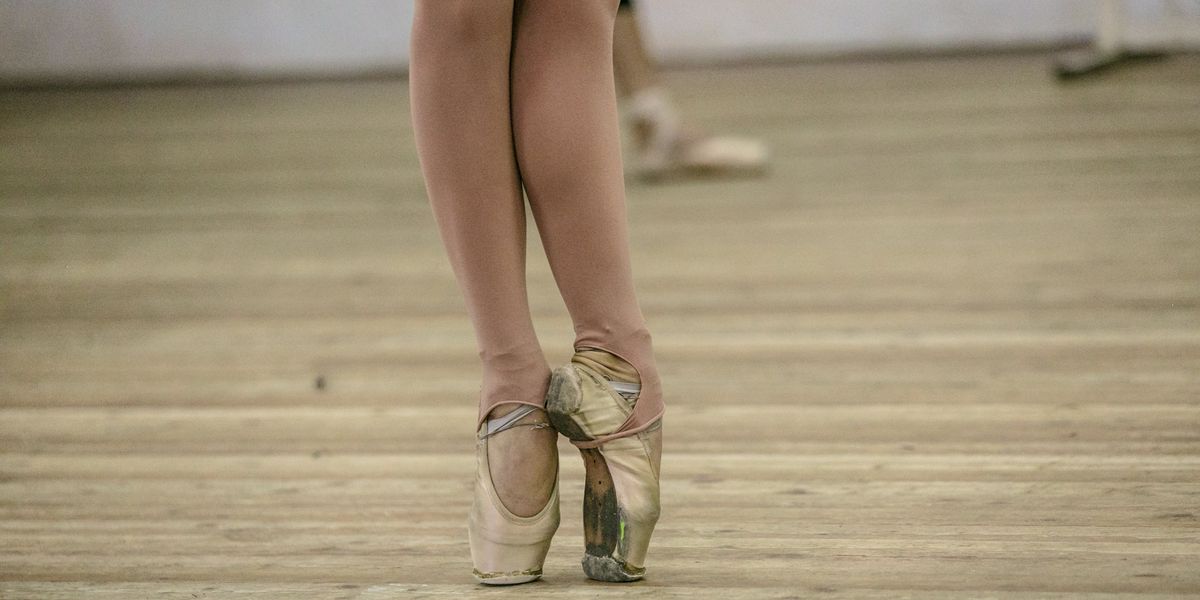The Muscle You Should Never Neglect If You Want to Avoid Injury
Dancers are often on their feet for up to 12 hours a day. Not surprisingly, that can lead to a lot of fatigue in the lower leg muscles. And when muscles are tired, the rate of injury increases. But one muscle in particular turns out to make a huge difference: An in-house study at The Australian Ballet has shown that improving calf-strength endurance can reduce ankle injuries by half.
Back in 2003, concerned by the number of ankle injuries resulting in surgery—predominantly posterior impingement—Dr. Sue Mayes, director of artistic health and principal physiotherapist at The Australian Ballet, organized a physical screening of all the dancers. The results were surprising. Despite the fact that ballet dancers are known for their sculpted calf muscles, many showed poor calf endurance. Most notable was the fact that the dancers who could not perform 25 consecutive single-leg heel raises were the ones who had experienced ankle pain in the last six months.
Mayes and her team convinced the ballet staff to implement 16 single-leg heel raises in parallel at the end of barre. Ballet class already incorporates a lot of relevés; however, when dancers stand in turnout they tend to pronate their feet, which can disengage the medial gastrocnemius—precisely the part of the calf muscle essential for ankle stability, strength and endurance.
“The point was to fill the deficit,” explains Mayes. “We wanted to give the calf muscle the conditioning and activation it needed before doing more challenging work in the center.”
Mayes also asked the dancers to do an additional set of heel raises to their maximum capacity—aiming for at least 30 to 35—three times per week, outside of class time. (Not something you should do in a ballet class because it can fatigue the muscle too much.)
The dancers felt the benefits quickly. Their injuries improved and they felt stronger. After only six weeks, they asked if they could increase the number of heel raises in class to 24.
Mayes has also questioned dancers’ obsessive calf stretching, which puts the ankle joint at an extreme angle. While observing the dancers’ surgeries, she had noticed that when the surgeon flexed the dancer’s ankle, the FHL tendon was compressed behind the talus. This was precisely the place where one dancer had a torn FHL tendon and many others experienced pain.
Research has also shown that stretching may not actually prevent injury, and even demonstrated that stretching could reduce a muscle’s power output. “We need the body to be able to work like a spring,” Mayes says. “If we stretch these tissues out too much, they lose their recoil capacity.”
Mayes has since had all the calf stretching apparatuses removed from the studios at The Australian Ballet and now asks the dancers to shake out their calves rather than stretch them.
Since adding heel raises and getting rid of calf stretching, the rate of foot and ankle injury at The Australian Ballet dropped dramatically. There have only been four ankle surgeries in the last 10 years, three of which were in dancers who joined the company from outside The Australian Ballet establishment.
10 Tips for Stronger Calves
Mayes recommends implementing 16 to 24 heel raises into your daily class and an additional 30 to 35 heel raises three times a week on your own. The trick is in the technique.
- Raise your heel at a speed of one second up and one second down—set a metronome to keep time!
- Do it in parallel and on a single leg.
- Keep the knee neutral—neither bent nor locked in hyperextension.
- Go through your full pain-free range of motion with optimal control, and do not rest or sit in the joints at the end of the range.
- Keep your toes long and flat.
- Rise smoothly, without jerks.
- Rise vertically. Don’t use forward momentum to lift yourself up.
- Keep the calf active the whole time.
- Maintain good ankle/foot alignment, rising up through the center of the foot.
- Ideally, you should feel the muscle burn in the belly of the calf. If you feel it elsewhere, check your alignment and technique.




